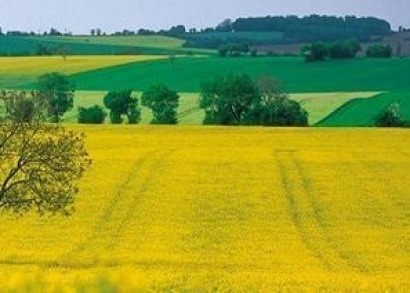
The official figures gathered by bioeconomy consultants NNFCC and WRAP, reveal that the number of AD plants in the UK has nearly doubled since September 2011, when a comprehensive baseline report was published.
There are now 106 anaerobic digestion plants outside of the water industry, processing up to 5.1 million tonnes of food and farm waste every year and with an installed electrical capacity of more than 88MWe. There are also more than a dozen other plants currently under construction.
"This is a significant milestone for the anaerobic digestion industry in the UK and highlights the broad range of companies turning to AD for waste management and to generate renewable heat and electricity," said Lucy Hopwood, Head of Biomass and Biogas at NNFCC.
"Recent actions and innovations in technology development, training and process optimisation have led to greater opportunities and a more robust industry. For investors anaerobic digestion is an easy win with good returns, support from a number of Government incentives and low investment risk," she added.
Nearly half of the AD plants currently in operation are 'community' digesters, where food waste is collected from multiple sources, like supermarkets, hospitality providers and households, to be converted into heat, power and fertiliser.
A further thirty per cent use 'agricultural' feedstocks, like slurry, manure, crops or residues. The remaining digesters are 'industrial' sites treating on-site waste such as brewery effluent and food processing residues.
For additional information:

